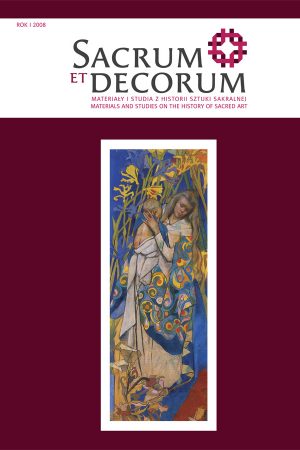Searching for the Form and Sacrum in the Contemporary Church Architecture
Keywords:
CONTEMPORARY ART INSPIRED BY TRADITIONAL ART, SACRED ARCHITECTURE, THE POLISH POST-CONCILIAR ARCHITECTUREAbstract
A special place in the Polish architecture of the second half of the twentieth century is occupied by sacred architecture. On the one hand, it is due to the fact that in the communist era architects designing and building churches had the greatest creative freedom and independence; on the other, it results from the same specificity and the role of places of worship. In such spaces it is necessary to introduce a rich layer of meaning and symbolism and to skillfully create the right atmosphere and mood. The decisions taken during the Second Vatican Council 1962-1965 did not include any detailed guidelines as to how churches should be designed. It seems that the idea and its essence were specified but the actual architectural forms were left to the artists. Hence a great diversity of formal solutions and directions of search, as well as a noticeable pluralism of forms. An interesting group of objects built in Poland after the Second Vatican Council includes churches whose designers consciously look for inspiration in traditional art and traditional forms, subjecting them to modern reinterpretation. The paper presents and discusses examples of interesting ideas and solutions.Downloads
Downloads
Published
How to Cite
Issue
Section
License
Copyright (c) 2008 Sacrum et Decorum

This work is licensed under a Creative Commons Attribution-NonCommercial-NoDerivatives 4.0 International License.
In line with the Open Access policy, authors retain full copyright to their articles – without restrictions.
Authors can deposit their articles in a repository of their choice.


